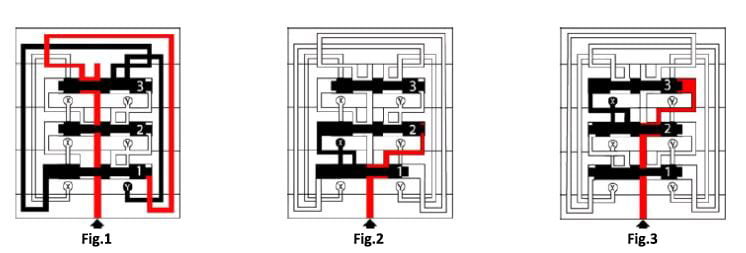Dropsa
Dropsa
Lubrication Systems Solutions Specialists
- Inicio
- La Empresa
- Soluciones
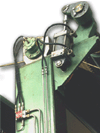 Para Aplicaciones:
Para Aplicaciones:- Maquinaria agrícola
- Energía
- Cementeras y materias primas
- Alimentación y bebida
- Máquinas herramientas, prensas y conformado de metales
- Sawing machines
- Prensas
- Sector marítimo y plataformas petrolíferas
- Industria minera y de la construcción
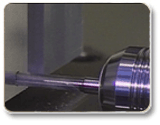 MQL: Lubricación mínima
MQL: Lubricación mínima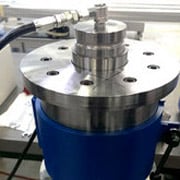 Otras - aplicaciones especiales
Otras - aplicaciones especiales- Papel y madera
 Ferrocarril
Ferrocarril- Acero y aluminio
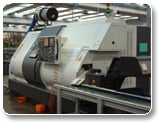 Transporte - Equipos e Infraestructuras
Transporte - Equipos e Infraestructuras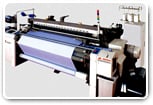 Textiles
Textiles
 Para sistemas de lubricaciòn
Para sistemas de lubricaciòn
- POR ESTUDIO DE CASO
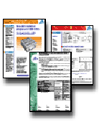 CATALOGO DE COMPONENTES
CATALOGO DE COMPONENTES Bombas
Bombas Dosificadores
Dosificadores Inyectores y reguladores
Inyectores y reguladores Distribuidores
Distribuidores Racoreria
Racoreria Tubi rígidos y flexibles y accesorios
Tubi rígidos y flexibles y accesorios Paneles de control
Paneles de control- Lubricación mínima - MQL
 Lubricación por aire / aceite
Lubricación por aire / aceite Sistema a niebla de aceite
Sistema a niebla de aceite Productos especiales
Productos especiales Válvulas
Válvulas Válvula de pulverización
Válvula de pulverización Cepillos
Cepillos Filtros
Filtros Depósitos
Depósitos Accesorios
Accesorios Lubricantes y Consumibles
Lubricantes y Consumibles Sensores y dispositivos para monitorizar
Sensores y dispositivos para monitorizar
- Datos de contacto
- Blog






